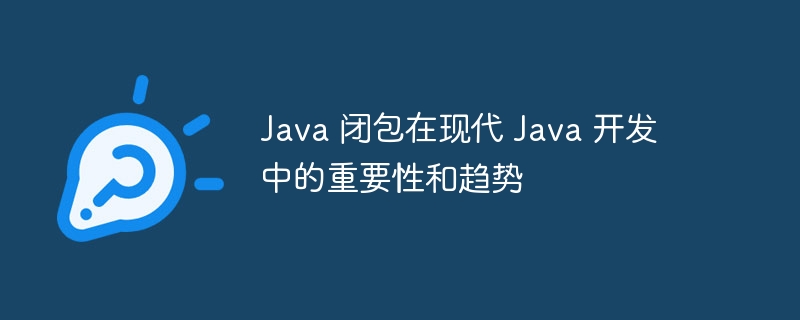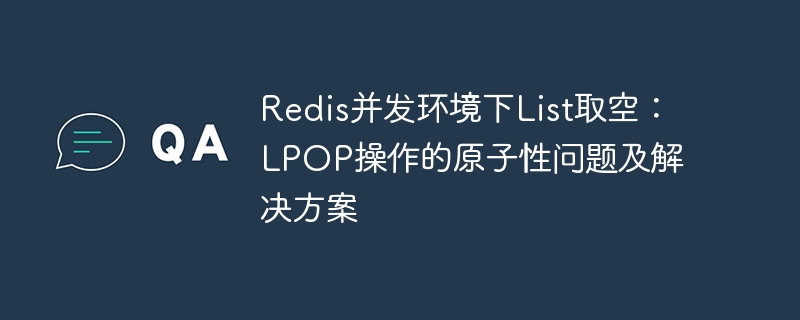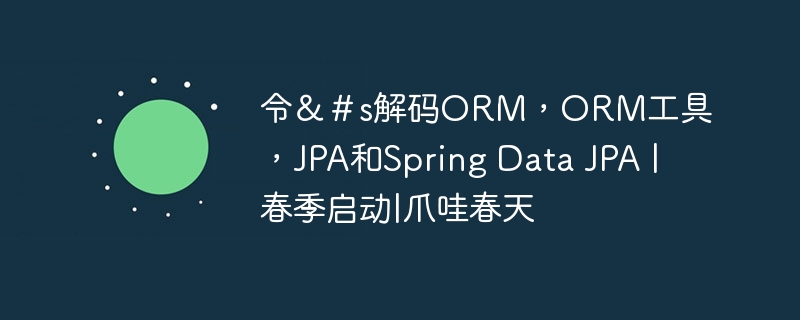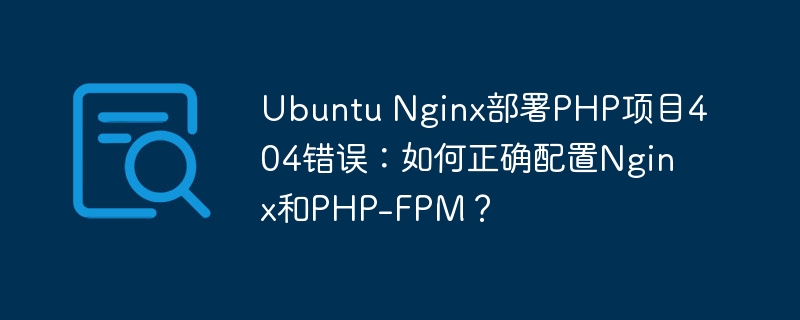如何处理 Java 中的未检查异常?try-catch 块: 使用 try 块来包含可能引发未检查异常的代码,并使用 catch 块来捕获特定异常。throws: 在方法签名中使用 throws 关键字来指定方法可能引发的未检查异常。UncaughtExceptionHandler: 这是处理未被捕获的未检查异常的机制。
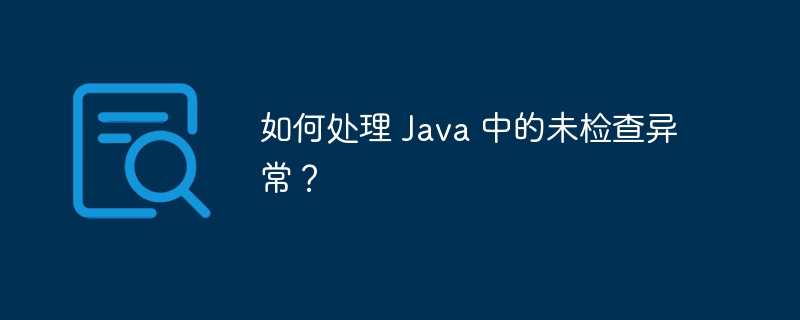
如何处理 Java 中的未检查异常
未检查异常
未检查异常是可以在编译时检测到的异常,如 NullPointerException 和 ArrayIndexOutOfBoundsException。它们通常由编程错误或无效输入引起。
处理未检查异常
Java 提供了多种方法来处理未检查异常:
try 块和一个或多个 catch 块,用于捕获特定的异常。try {
// 代码可能产生未检查异常
} catch (NullPointerException e) {
// 处理 NullPointerException
} catch (ArrayIndexOutOfBoundsException e) {
// 处理 ArrayIndexOutOfBoundsException
}public void myMethod() throws NullPointerException {
// 方法可能抛出 NullPointerException
}在调用 myMethod 时,调用者必须处理异常。
实战案例
示例 1: NullPointerException:
String name = null; System.out.println(name.length()); // 导致 NullPointerException
可以使用 try-catch 块处理此异常:
try {
System.out.println(name.length());
} catch (NullPointerException e) {
System.out.println("name 是 null");
}示例 2: ArrayIndexOutOfBoundsException:
int[] arr = new int[5]; System.out.println(arr[5]); // 导致 ArrayIndexOutOfBoundsException
可以使用 try-catch 块处理此异常:
try {
System.out.println(arr[5]);
} catch (ArrayIndexOutOfBoundsException e) {
System.out.println("数组索引超出范围");
} 
